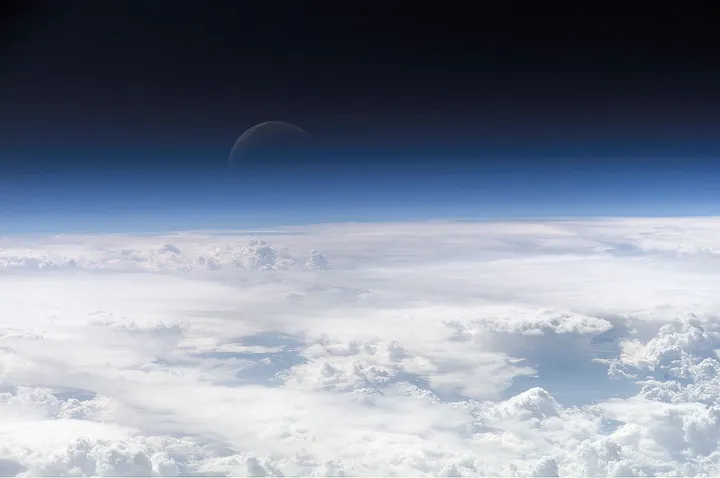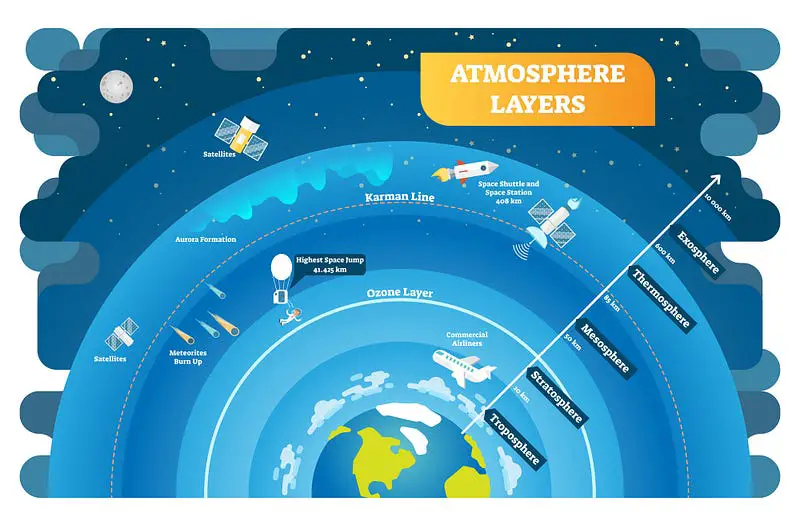When someone speaks of space, the area above our heads where the stars and planets sit, where are they talking about? Where exactly does space begin after someone leaves the surface of Earth?
Space can be thought of as the point outside where the earth’s atmosphere ceases to be, and there is an actual definition where space begins. The Federation Aeronautique Internationale (FAI) and NASA define entering space at 100 kilometers above sea level, which is 62 miles above the earth. This specific area is known as the Karman Line.
The first definition for the start of space arose from the National Advisory Committee for Aeronautics, which later became NASA, and it wasn’t calculated at 62 miles (100 km) above Earth. They defined the beginning of space as the point where atmospheric pressure was less than one pound per square foot. That area corresponded to around 50 miles (80 km) above the earth’s surface.
They came up with this distance because this was where lift couldn’t occur in an aircraft, and the aircraft would be uncontrollable. This is also the point the US Air Force considers to be the boundary of space. That is why a pilot in the US Air Force today is considered an astronaut if they cross the 50-mile mark. But how did the distance defining space adopted by space agencies become twelve miles higher?
Theodore von Karman, who was an aerospace engineer, calculated the 100-kilometer mark to be the beginning of space. He found that at this point, the atmosphere was so thin that for an aircraft to have enough lift, it would need to be traveling faster than orbital velocity, which is the velocity that would keep an object in orbit. This line at 62 miles was later adopted by the FAI, which is the world governing body for air sports and records, and it became known as the Karman Line.
But this line isn’t where the earth’s atmosphere actually ends. While the Karman Line sits in the bottom of the thermosphere, which extends to 375 miles (600 km) above the planet, there is another larger layer above it that extends about 6,200 miles (10,000 km) called the exosphere. Because the atmosphere extends past the Karman Line, spacecraft and satellites must readjust their orbit because of the friction they encounter with gas molecules in these outer reaches of the atmosphere.
So, there are many ways you can define space, but it seems that if you happen to go as high as 50 miles above the earth, you should be awarded with being called an astronaut.
Sources: Institute of Physics, Universe Today, Britannica, NASA, Red Shift





